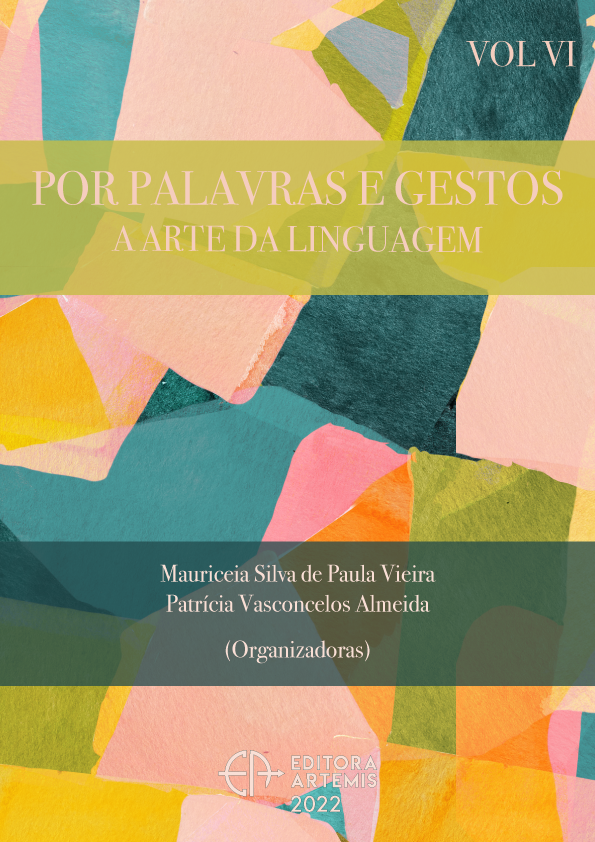
UNA LECTURA SEMIÓTICA DE LA REVISTA ARGENTINA TÍA VICENTA
En este trabajo proponemos el análisis de la revista Tía Vicenta (1957-1966) de Juan Carlos Colombres (1923-2017) desde una lectura semiótica que involucra la relación palabra-imagen. El semanario presentaba un estilo novedoso, pues no tenía secciones fijas, el criterio de redacción era abierto y cada número contaba con colaboradores diferentes. El texto conjuga formas expresivas de distinta naturaleza con un sentido original –criticar y parodiar los discursos dominantes contemporáneos– que estalla en múltiples significaciones según el contexto, sus creadores y sus lectores. Se muestra una realidad absurda en la que funcionan la transformación y el no respeto por pautas establecidas tan característico del carnaval, transpuestos al lenguaje textual mediante la carnavalización literaria (Bajtín 1987 y 1993). La transgresión y el enmascaramiento están presentes, debido a que el género al que pertenece en su comienzo se ve desdibujado por la mezcla de ciertos elementos (canciones, estatutos, avisos y slogans publicitarios, refranes, fotomontaje y muchos más) y recursos retóricos (parodia, ironía, estilización, hipérbole) que lo convierten en un objeto semiótico heterogéneo sustentado en temas de actualidad de la Argentina a mediados del siglo pasado. Las conclusiones nos permitirán observar que, en Tía Vicenta, el mensaje lingüístico y la imagen funcionan en forma solidaria como procedimientos principales de connotación (Barthes 2017: 17) para realizar una sátira social y política. El componente humorístico reside, precisamente, en esa conjunción, ya que el texto y lo icónico ponen en primer plano la presencia de anomalías gráficas o juegos de palabras que causan rupturas de sentido y yuxtaposición de elementos incompatibles para provocar un efecto cómico (Levín 2015: 17-23).
UNA LECTURA SEMIÓTICA DE LA REVISTA ARGENTINA TÍA VICENTA
-
DOI: 10.37572/EdArt_2508226134
-
Palavras-chave: Landrú. Tía Vicenta. Mijaíl Bajtín. Roland Barthes. Imagen-texto.
-
Keywords: Landrú. Tía Vicenta. Mijaíl Bajtín. Roland Barthes. Image-text.
-
Abstract:
In this paper we propose the analysis of the magazine Tía Vicenta (1957-1966) by Juan Carlos Colombres (1923-2017) from a semiotic reading that involves the word-image relationship. The weekly presented a novel style, since it did not have fixed sections, the editorial criteria was open and each number had different collaborators. The text combines expressive forms of a different nature with an original meaning –criticizing and parodying the dominant contemporary discourses– that explodes in multiple meanings depending on the context, its creators and its readers. An absurd reality is shown in which transformation and disrespect for established guidelines so characteristic of carnival work, transposed into textual language through literary carnivalization (Bajtín 1987 and 1993). The transgression and masking are present, because the genre to which it belongs at the beginning is blurred by the mixture of certain elements (songs, statutes, advertisements and advertising slogans, sayings, photomontage and many more) and rhetorical resources (parody, irony, stylization, hyperbole) that make it a heterogeneous semiotic object based on current issues in Argentina in the middle of the last century. The conclusions will allow us to observe that, in Tía Vicenta, the linguistic message and the image work in solidarity as the main procedures of connotation (Barthes 2017: 17) to carry out a social and political satire. The humorous component resides, precisely, in this conjunction, since the text and the iconic foreground the presence of graphic anomalies or puns that cause ruptures of meaning and juxtaposition of incompatible elements to provoke a comic effect (Levín 2015: 17-23).
-
Número de páginas: 15
- María Lourdes Gasillón

